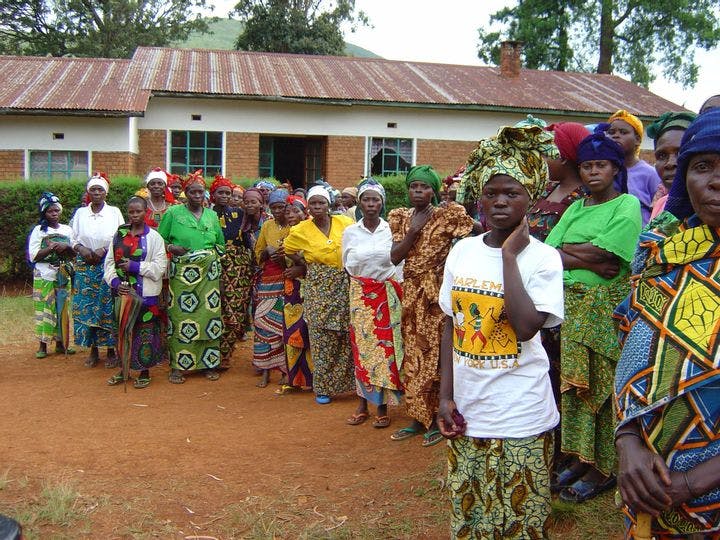Fall 2013
Why is rape more common in some wars than others?
– The Wilson Quarterly
Many unwilling soldiers bond with their new comrades through ugly means.
Conventional wisdom has long held that rape is an inevitable evil of war, the unfortunate consequence of men taking advantage of chaos to satisfy their lusts. A new study finds that assumption to be largely false.
Dara Kay Cohen, an assistant professor of public policy at Harvard’s Kennedy School of Government, encountered puzzling facts in the literature on sexual violence during war. While rape is commonplace in some conflicts, it is virtually absent in others, she writes in the American Political Science Review. Gang-rape is “much more common in war than in peacetime,” and culprits “are far less likely to have previously committed sexual offenses than are lone perpetrators.”
After studying all 86 major civil wars fought between 1980 and 2009, Cohen found that 53 involved reports of widespread rape in at least one year of conflict. But 15 of the wars had no reported rapes at all.
The single greatest indicator for rape in civil war was how the perpetrators had been recruited. Groups that acquired new fighters through force — using press-ganging or kidnapping, both surprisingly common — were much more likely to rape. The combatants, many of whom were physically or sexually assaulted when they were abducted, found themselves fighting alongside their attackers and other people they had no reason to like or trust, and who probably felt the same way about them.
They joined in gang-rapes, Cohen believes, as a way to prove their loyalty and toughness to the group. That would explain the extraordinary brutality and public nature of so many wartime rapes, and the frequency with which the rapists loudly bragged about their crimes. Cohen’s argument contradicts the common view that wartime rape stems from combatants’ “biological or latent desire to rape” or serves some purposeful military strategy.
Other notions about wartime rape — that it is more prevalent in ethnic conflicts and genocide, or in areas with greater gender inequality — were not borne out by the evidence. Rather, state collapse and weak law enforcement appeared to allow fighters to rape with impunity. Thus, in conflicts in which rape occurred, both sides were often guilty. In very few conflicts did rebels alone commit the crime. Contraband-funded armies were more likely to rape than those relying on civilian-provided resources.
To further understand how forced recruitment increases the incidence of wartime rape, Cohen scrutinized Sierra Leone’s 1990–2002 civil war, reviewing interviews with and surveys of ex-combatants as well as a 2004 survey documenting war crimes in the West African country. The rebel group responsible for most of the rapes, the Revolutionary United Front, also had the highest proportion of abducted fighters. Seventy-seven percent of the RUF combatants didn’t know anyone in their unit when they arrived. Most of their adversaries in the Civilian Defense Forces, a pro-government militia, had been recruited by relatives or friends. But as the conflict dragged on, the CDF began kidnapping fighters — and as it did, the number of rapes they committed increased.
Women made up a quarter of the RUF, and they joined in a quarter of all reported gang-rapes, “restraining the victims and raping them with bottles and sticks.” Ex-combatants said they were rarely ordered to rape; the decision to carry out the assaults arose from the rank and file. Former soldiers recounting the gang-rapes revealed both the public nature of the assaults and the camaraderie they fostered. “Afterward, we would feel good and talk about it a lot, discuss it amongst ourselves, and laugh about it,” one remembered.
When the war was over, the RUF combatants — many of whom had taken up arms as strangers to each other — were more likely than the CDF veterans to keep in touch with their new friends.
THE SOURCE: “Explaining Rape During Civil War” by Dara Kay Cohen. American Political Science Review, August 2013 (pdf)
Photo courtesy of Wikimedia Commons
